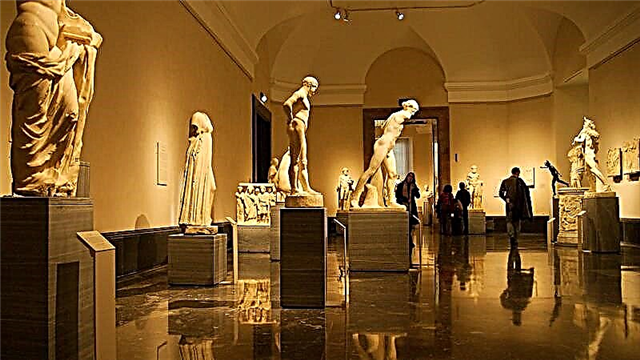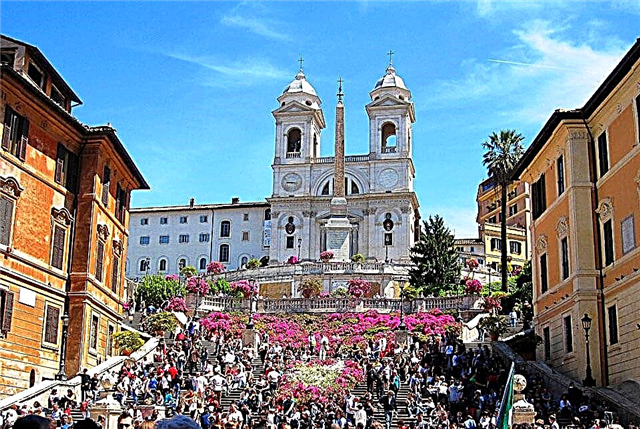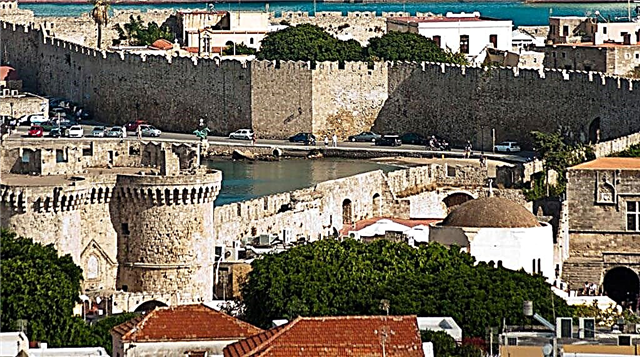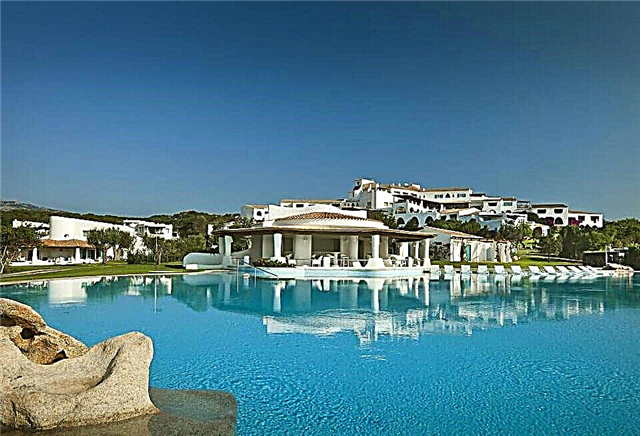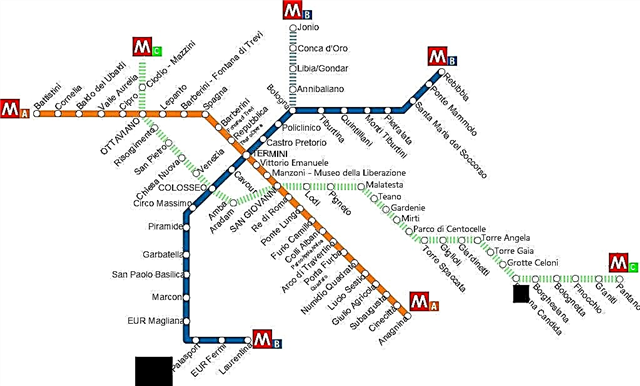The border between the two continents - North and South America - is drawn along the Isthmus of Panama and the Caribbean Sea. South America - the fourth largest continent on Earth - is a wonderful world of extremes.

Brazil. View of the harbor of Rio de Janeiro at night
The Andes (9000 km) stretch across the territory of seven states of the South American continent - the longest mountain range on the planet. It is here that the Amazon is located - the longest and deepest river in the world. On its banks are huge rain forests - the "lungs" of the Earth. Contrasted with the rainforests of the Amazon is the Atacama Desert in Chile, which is considered the driest place on the planet. In South America, there are grandiose waterfalls - Angel and Iguazu, and vast lakes, the largest of which and the world's highest navigable lake is Titicaca. From the north, the continent is washed by the warm waters of the Caribbean Sea, while its extreme southern point - the Tierra del Fuego archipelago - is subject to strong storms driven by the snowy winds of the Antarctic seas.

Ecuador. Volcano Cotopaxi
South America - the legacy of the Incas and the colonial era
In South America, 12 states and 3 dependent territories are located on an area of 17.8 million km². The mainland is home to about 386 million people, with 50% of the population of all of South America concentrated in Brazil. Only in two countries - Peru and Bolivia - are Indians in the majority. Until the middle of the 16th century, the Inca Empire flourished on the territory of present-day Peru, Bolivia and Ecuador - a highly developed Indian civilization that managed to establish an irrigation system, water supply and a network of roads in a harsh high mountain climate.

Peru. Moray Inca Agricultural Laboratory
The achievements of the Indians are reminded of such monuments and finds in Peru as the Temple of the Moon, masks and ceramics in the city of Trujillo, the ruins of Machu Picchu and Moraya with agricultural terraces, the Vilkavain temple complex, the ruins of Chan Chan - the former center of Chimu culture, the formidable fortress of Cuelap and other. In Bolivia, Tiwanaku settlement with a grandiose system of irrigation structures was found. Colonial monuments have been preserved in both North and South America - villas with luxurious courtyards, carved wooden balconies and wrought-iron window bars.
Brazil is a land of eternal holiday
Cheerful Brazil can offer tourists fiery samba dances and carnivals, while the Amazon jungle, Iguazu Falls and almost 8,000 km of ocean coast will delight nature lovers. Beach life in Rio de Janeiro begins right in the city - on Avenida Atlantika, a promenade that runs along the 4-kilometer Copacabana beach.
Peru - the mysterious land of the Incas
There are three natural zones in Peru: the Pacific coast, or Costa, the highlands of the Andes and tropical rainforests in the Amazon Valley. A narrow strip of land, sandwiched between the Andes and the vastness of the ocean, is teeming with sand dunes, oases around the "capital of Peruvian wine" Ica and national parks.
Chile - a variety of landscapes and cultures
The name "Chile" in the language of the local Indians means "cold, wintry", which is associated with their perception of the snow-capped peaks of the Andes. In the skiing off-season, from June to October, people go downhill skiing in Chile, and from September to February they come here to sunbathe on the white beaches.
Bolivia - fascinating and exotic
Bolivia is one of the most exotic countries of the South American continent, guaranteeing travelers a lot of the most exciting and unusual experiences.
Venezuela - Caribbean Venice
In 1498, making his third voyage to the shores of the New World, Columbus discovered Venezuelan land. Just a year later, the Spanish conquistadors and the Italian Amerigo Vespucci arrived here. The huts of local Indians, standing on stilts under water, reminded Europeans of the city of lagoons - Venice, and they named the new country Venezuela, which in Spanish means "little Venice".
Ecuador is a land of contrasts
Ecuador, despite numerous rumors about a high crime rate in this South American republic, is perhaps one of the most interesting countries for a traveler. To begin with, you just need to make a reservation that just 25 kilometers from its capital, Quito, is a latitude of 0 degrees, 0 minutes and 0 seconds.
Panama is an ocean of impressions
Asking a simple layman what he knows about Panama, you can often get only an incomprehensible answer, which only mentions the legendary Panama Canal. However, Panama, located between the two continents of North and South America, is a 78,000 square kilometer unitary state with many islands and divided into nine provinces.

